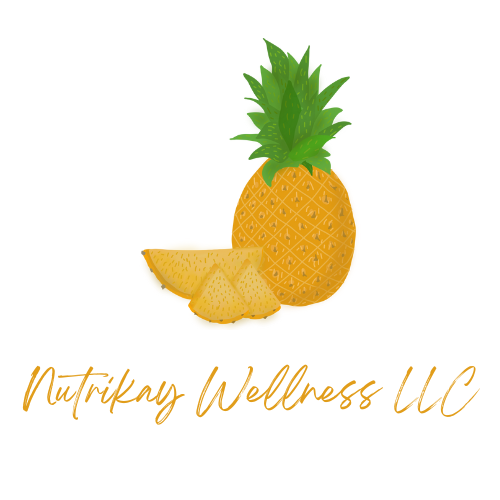Top 5 Food Safety Tips That Can Protect You and Your Family
When it comes to food safety, everyone seems to have different practices within their home. Some families leave food on the counter for hours then go back for seconds, while others put piping hot food immediately in a container and into the fridge. Some use the same tongs for raw chicken and cooked chicken while others have separate cutting boards for poultry, meat, fish, produce and dairy.
Despite the research and regulations surrounding food safety, I do believe there is no perfect way to do things. I think you can be overly cautious if you prefer or you can be a little more laid back. Here are some of the facts around food safety so you can decide what is best for your family:
Use the correct cutting boards for the correct items. I wasn’t kidding about this one. Using the same cutting board for raw chicken as you do salad and veggies can pose some risk no matter how hard your scrub the board. According to The Academy of Nutrition and Dietetics using the same cutting board for raw meats and produce can pose risk, especially as our cutting boards experience wear over-time. The wear on the cutting boards creates grooves that can harvest bacteria and be difficult to fully clean. Keepfoodssafe.org reports that one of the ways E. Coli can spread is via cutting boards that are not properly cleaned. I would suggest purchasing nonporous cutting boards that are various colors so you can assign a type of food to each color and keep them separate. For example a green cutting board or wooden one for produce, and orange cutting board for poultry, a red cutting board for meat and a yellow one for seafood.
Be aware of the temperature danger zone. The temperature danger zone is the range of temperatures in which food is most vulnerable to bacterial growth. Bacteria thrives particularly in the range of 40°F-140°F. This means that if you have a picnic and leave the macaroni salad out in the sun, once that macaroni salad increases in temperature from what it was in the fridge (around 37°F) to that danger zone, it becomes a risk for harboring bacteria. Granted, this is where your own discretion comes into play. Odds are, the food will not immediately become unsafe at 40°F on the dot but if you notice a food has been sitting out for quite sometime, I suggest to proceed with caution.
Dress appropriately when in the kitchen. Lose hair, lose clothes, dirty clothes, dirty or untrimmed nails and hanging jewelry are all not only safety hazards but hygiene hazards as well. Don’t get me wrong, I love long nails very much, but they do tend to accumulate bacteria. So keep that in mind when heading into the kitchen to prepare a meal. The appropriate way to dress when entering the kitchen is long pants, non-slip closed shoes, apron, no hanging jewelry or accessories, trimmed un-polished nails and long hair tied back.
Sharpen (haha) up on your knife skills. Being cautious when using a knife is very important for the safety of all those in the kitchen and for preventing any contamination of the food prepared. Making sure your knife is sharpened, that you cut foods with a safe and proper technique and that you are always aware of your surroundings when using a knife will prevent any injuries or contamination of the food.
Keep track of expiring food. There is always debate when it comes to expiration and best by/sell by dates on food. I do believe that a lot of these dates can lead to food waste BUT I think it is important to be aware of general recommendations regarding how long certain foods last. Take the recommendations, expiration/sell/best by date, and the physical look and smell into consideration when deciding whether a food is still good or not. Try your best to utilize different methods of preservation as well such as freezing bread, fruit or vegetables and making jam out of berries that are on their way out.
For more information on food safety and nutrition, book a session by emailing nutrikaywellness@gmail.com
